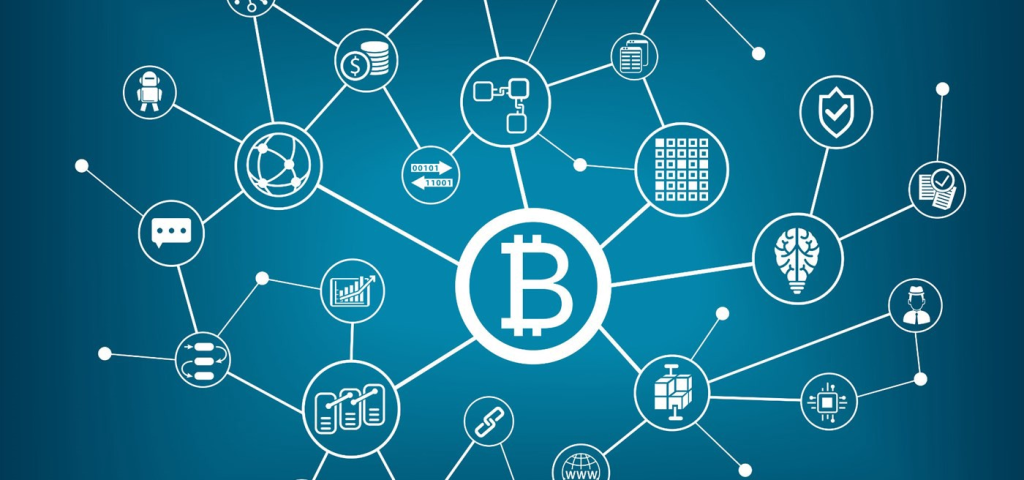
- Smart contract development using Solidity (Ethereum) or Rust (Solana/Polkadot)
- Blockchain integration with web or mobile apps (using Web3.js, Ethers.js, or libraries for Solana/Polygon/etc.)
- Token creation (ERC-20, ERC-721, ERC-1155) and ICO/IDO structuring
- Wallet integration (MetaMask, WalletConnect, Ledger)
- Security considerations (smart contract vulnerabilities, audits, multi-sig wallets, KYC/AML implications)
- Regulatory landscapes for blockchain fintech in regions like the EU, US, and Asia
- DeFi protocols, DEX development, and NFT marketplaces
- Payment gateways and custodial vs. non-custodial models

✅ Project Proposal: FirstChainPay – A Blockchain-based Cross-Border Payment Gateway
🔍 Concept:
Develop a decentralized payment gateway on Ethereum (or a low-fee chain like Polygon or Base) that allows users to:
- Send and receive crypto payments across borders.
- Automatically convert between tokens (e.g., USDC ↔ EURC ↔ MATIC).
- Track transactions and generate invoices.
- Integrate with existing e-commerce sites via a simple API or plugin.
🧱 Key Features
| Feature | Description |
|---|---|
| Smart Contracts | Written in Solidity to handle payment routing, conversion logic, and escrow. |
| Fiat-crypto bridge (mocked initially) | Simulated KYC and fiat onboarding/offboarding flows (later link to services like Ramp or MoonPay). |
| Dashboard | Admin and user-facing interfaces built with React + Tailwind (or Next.js) with wallet login (MetaMask, WalletConnect). |
| Multi-chain Support (future) | Begin on one chain (Polygon or Ethereum testnet), later expand to Solana or Arbitrum. |
| Security Module | Include 2FA login for admin, multisig for contract upgrade/auths. |
| API/Webhooks | Allow third-party e-commerce platforms to integrate it. |
| Invoicing System | Auto-generate PDF invoices after payment, with blockchain TX hash. |

BlockChain Definition:
The BLOCKCHAIN is a database technology that can maintain a growing list of data seemingly without limits that is decentralised and founded on the principle that it impossible to tamper with. The data records are combined in small blocks. In order to add these blocks of data to the distributed ledger, which holds all the data and history of the blockchain, the data needs to be verified by atleast 51% of the computers that have access to the netwrok.
For data to be verified and added to the open ledger a method of cryptography is used. This means that a mathematical equation must be solved. Simply put, once that mathematical equation is solved it will receive a stamp and a hash*. To solve the mathematical equation requires computing power. A verified trasnsaction can involve cryptocurrency, smart contracts, records or any type of information.
As mentioned above, this technology can be used to create cryptocurrencies. This technology allows peer to peer transactions without the need of a centralised authority such as a bank. This will allow for transactions, nearly instantly to be achieved with no middle man that takes commission on the transaction. To date there are already hundreds of cryptocurrencies running on this technology with Bitcoin being the most known and accepted.
🛠️ Tech Stack
- Smart Contracts: Solidity + Hardhat/Foundry
- Frontend: Next.js (React) + TailwindCSS
- Blockchain: Polygon Mumbai testnet (then Polygon mainnet)
- Web3: Ethers.js or Wagmi.sh + RainbowKit for wallet integration
- Backend (optional): Node.js or Firebase Functions for metadata, user management, invoice generation
- Storage: IPFS or Arweave (for optional metadata/files)
- CI/CD & Hosting: Vercel or Netlify for the frontend, GitHub Actions for smart contract tests/deployments
🧪 Phase 1 – MVP Timeline (8 Weeks)
| Week | Goal |
|---|---|
| 1 | Project repo setup, define scope, create GitHub project board |
| 2 | Build & test basic ERC-20 payment smart contract |
| 3 | Deploy to Polygon Mumbai, connect frontend with Ethers.js |
| 4 | Add wallet login, build user dashboard UI |
| 5 | Implement transaction history + mock invoice generation |
| 6 | Add admin dashboard + basic API for payments |
| 7 | Implement webhook to simulate e-commerce integration |
| 8 | Final polish, test security (reentrancy, overflows), deploy to mainnet |
💡 Business Add-on (Optional)
You can build:
- A course/blog/tutorial series under FirstCloud.es titled “Building Real-World Blockchain Fintech Products”.
- A case study PDF downloadable by clients looking for blockchain services.
- A demo site with fake USD/EUR tokens to simulate real-world testing for client demos.